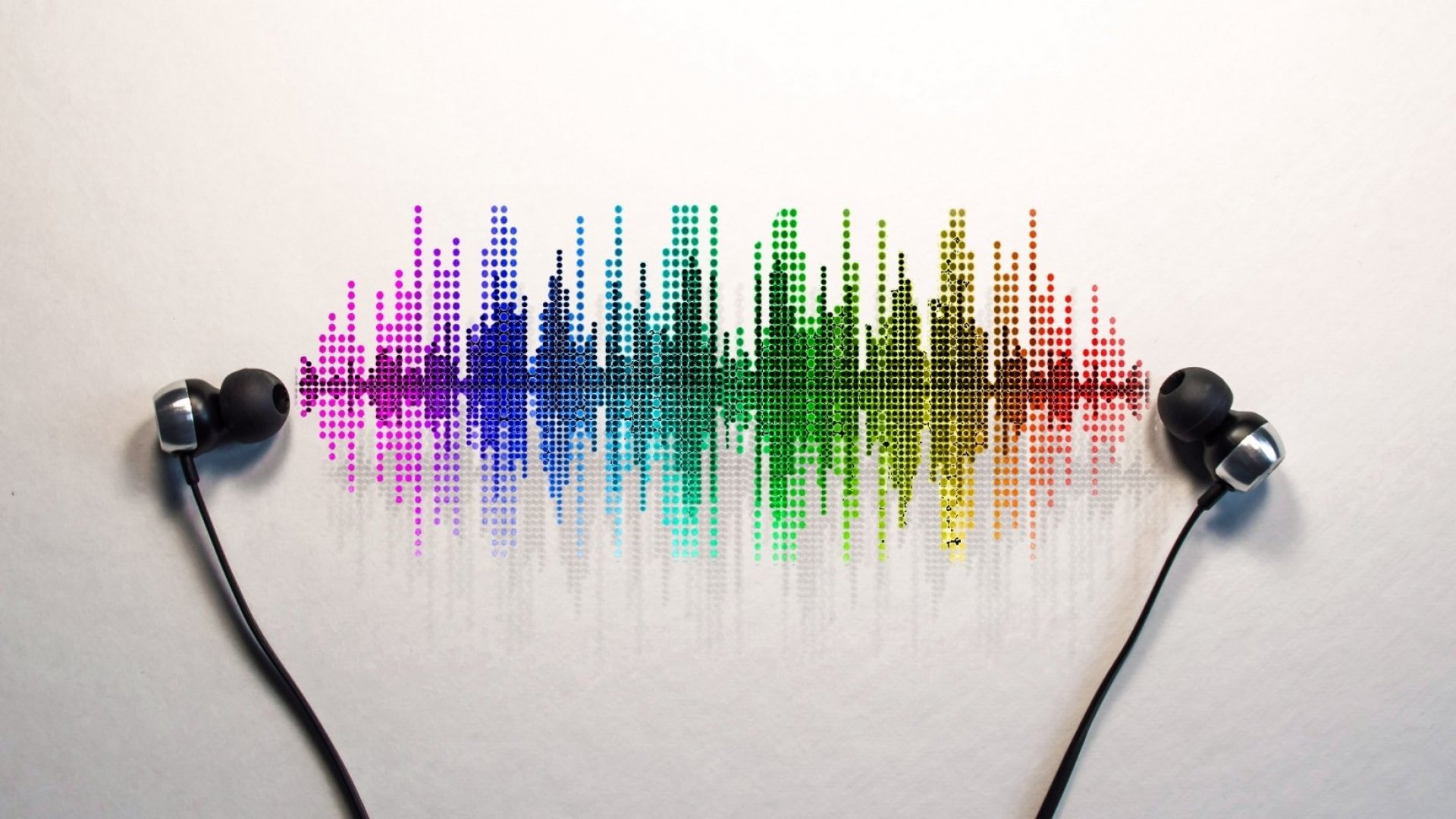The word ‘Dhrupad’ is derived from ‘dhruva,’ meaning that which is ‘fixed’ or ‘constant’, and ‘pada', meaning ‘word’ or ‘set-composition’. It is the oldest form of North Indian classical vocal music, with origins lying in the antiquated chanting style of a sacred Sanskrit text known as the Samaveda, dating back to at least 3,000 years ago. A contemplative and meditative form of classical singing, the continuity of dhrupad in the modern age owes its existence to sustained worship rituals that have changed little over the centuries. This music belonged in Hindu temples and also found a home in the royal courts of both Muslim and Hindu rulers where, whilst retaining its sacred essence of Vedic chants and mantras, it began to evolve as a sophisticated art form with a complex musical grammar of its own. The best-known performers of this genre, the 'Senior' Dagar Brothers, also took to performing it with two main voices - although the form may not, strictly speaking, be considered a duet. Dhrupad and Khayal are the two forms of classical singing that are popular today. Out of them, Dhrupad is certainly older, which took proper shape in the medieval era, replacing the ancient Prabandha. It enjoyed wide popularity till the 17th or early 18th century, after which it gradually declined with the emergence of Khayal, which is a more romantic and entertaining style.
● The nature of Dhrupad music is spiritual. It does not seek to entertain, but to induce feelings of peace and spirituality in the listener.
● It is primarily a form of worship, in which offerings are made to the divine through sound or Nada. Dhrupad was initially sung only in the temples, with the singer facing the Lord. From this early chanting, Dhrupad evolved into a sophisticated classical form of music.
● One significant characteristic of Dhrupad is the emphasis on maintaining the purity of the Raga.
● The language of Dhrupad changed from Sanskrit to Brij Bhasha sometime between the 12th and the 16th century.
● In medieval India, Dhrupad had mainly thrived under the patronage of Mughal and Rajput kings. Later it declined with the shift of interest in Khayal.
● The performance of Dhrupad is done in two parts viz. the Alap and In the Alap, the singer uses syllables from Sanskrit Mantra which add texture to the notes. The Raga is slowly and methodically developed in a meditative mode.
● The speed of Alap increases with the use of an accelerating rhythmic pulse that builds to a point, where the melodic patterns literally dance in space. Bandish is a short poem accompanied by a poem sung using melodic and rhythmic improvisations. The intricate patterns and improvisations woven by the Pakhawaj player and the singer create a dialogue often playing against or complimenting one another.


Comments